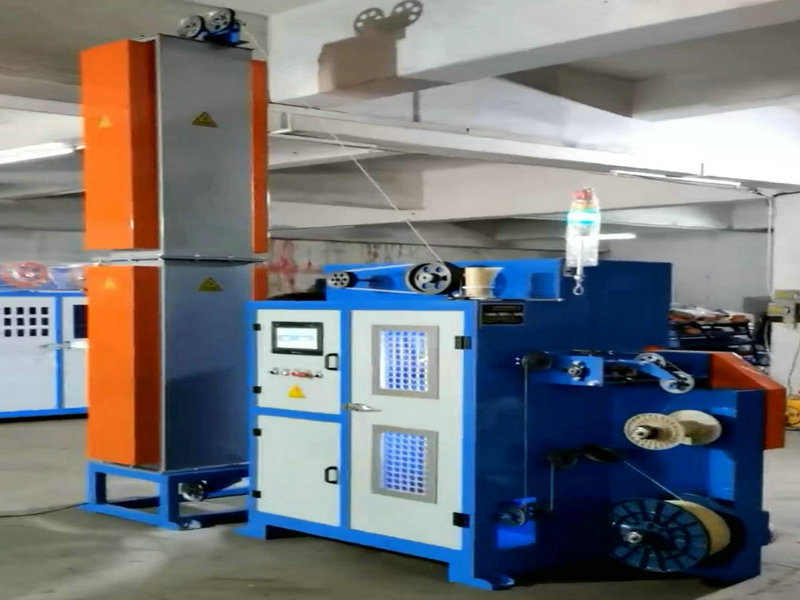Title: Understanding the Working Principles and Operational Modes of Paper Wrapping Machines
Introduction:
In the packaging industry, paper wrapping machines have become indispensable for their efficiency and versatility in securing products with paper. These machines are designed to wrap items quickly and effectively, ensuring they are adequately packaged for transportation and display. This article delves into the working principles and operational modes of these sophisticated devices, elucidating how they function and cater to various packaging needs.
Working Principles of Paper Wrapping Machines:
At the heart of a paper wrapping machine is a series of mechanisms that collaborate to envelop products in paper seamlessly. Here are the core working principles:
1. Feeding Mechanism: The process begins with the feeding mechanism, which supplies the continuous stream of wrapping paper to the machine. Depending on the design, this can involve rolls or pre-cut sheets of paper.

2. Positioning and Orientation: Products to be wrapped are placed onto the wrapping table where they are positioned accurately. The table often features guides or templates to ensure consistent product orientation.
3. Paper Dispensing: As the machine starts, the dispensing roller pulls the paper from the supply roll over the product. The tension and speed at which the paper is fed are critical to avoid wrinkles or tears.
4. Folding Mechanism: To ensure a snug fit around the product, the paper must be folded precisely. Side folding plates fold the long edges of the paper inward, while the top and bottom folding mechanisms tuck in the remaining flaps.
5. Sealing Process: Once the paper is wrapped around the product, the machine applies adhesive or uses heat-sealing techniques to secure the overlapping ends of the paper, creating a cocoon effect around the item.
Operational Modes of Paper Wrapping Machines:
The operational modes refer to the different ways a paper wrapping machine can be set up to accommodate varied packaging requirements:
1. Automatic Mode: In this mode, the machine handles all aspects of wrapping independently once it is programmed with the necessary parameters for the specific product. It's ideal for high-volume production where consistency and speed are paramount.
2. Semi-Automatic Mode: This mode allows for operator intervention at certain stages of the wrapping process, such as placing products on the wrapping table or initiating the start of the cycle. It provides flexibility without sacrificing too much efficiency.
3. Manual Mode: Completely manual operation is seldom used in modern settings due to its labor-intensive nature, but it can be an option for very small batches or custom wrapping jobs where automation may not be feasible.
4. Programmable Settings: Most contemporary machines come equipped with programmable settings that allow users to save specific configurations for different products. This feature enhances versatility and reduces setup times between different wrapping tasks.
Conclusion:
Paper wrapping machines bring precision and efficiency to the packaging process through their advanced working principles and adaptable operational modes. By understanding these elements, businesses can optimize their packaging lines to improve productivity, reduce waste, and ensure product integrity during transit and storage. Whether through fully automatic systems or semi-manual operations, these machines stand as testament to the evolution of packaging technology.



